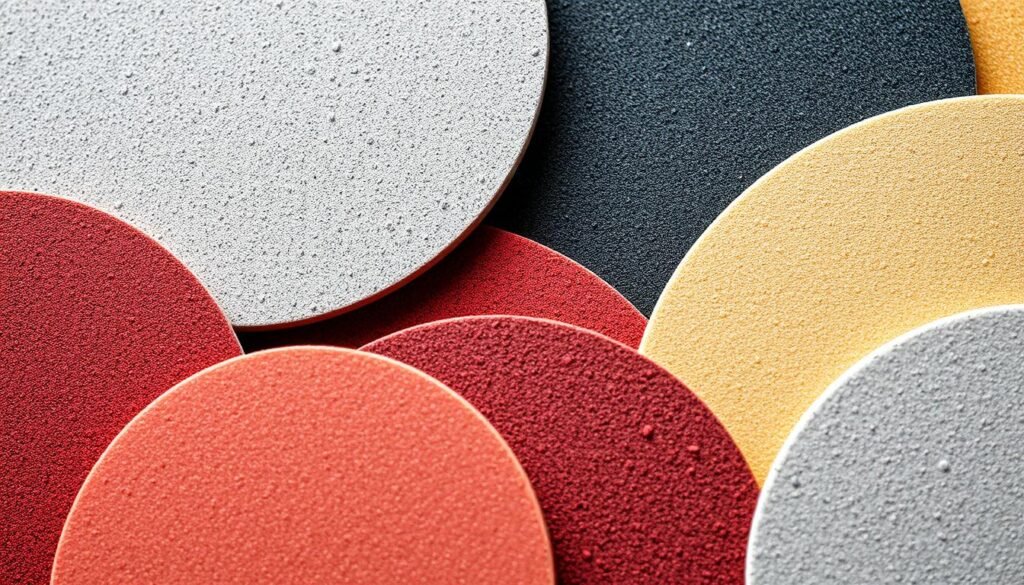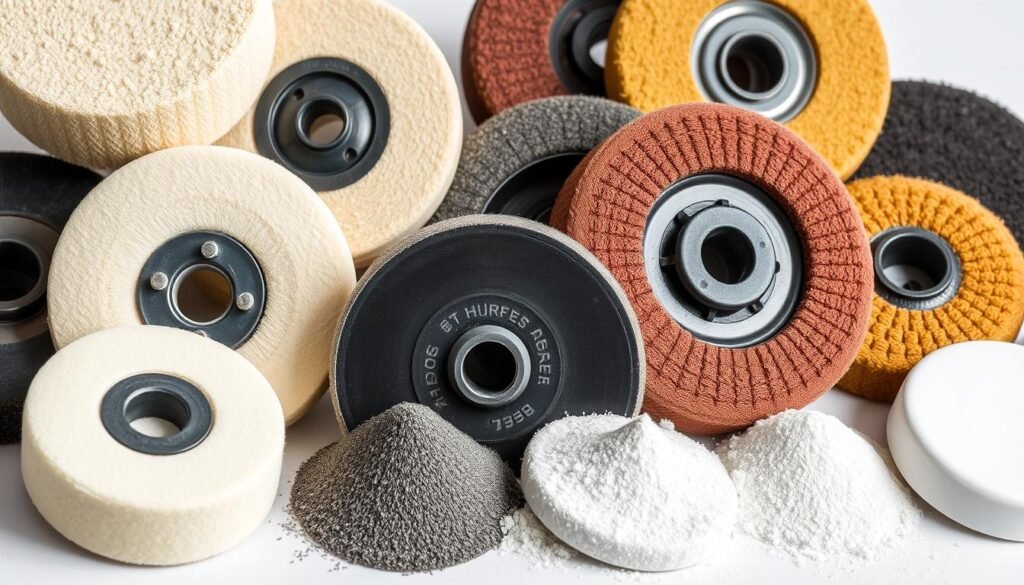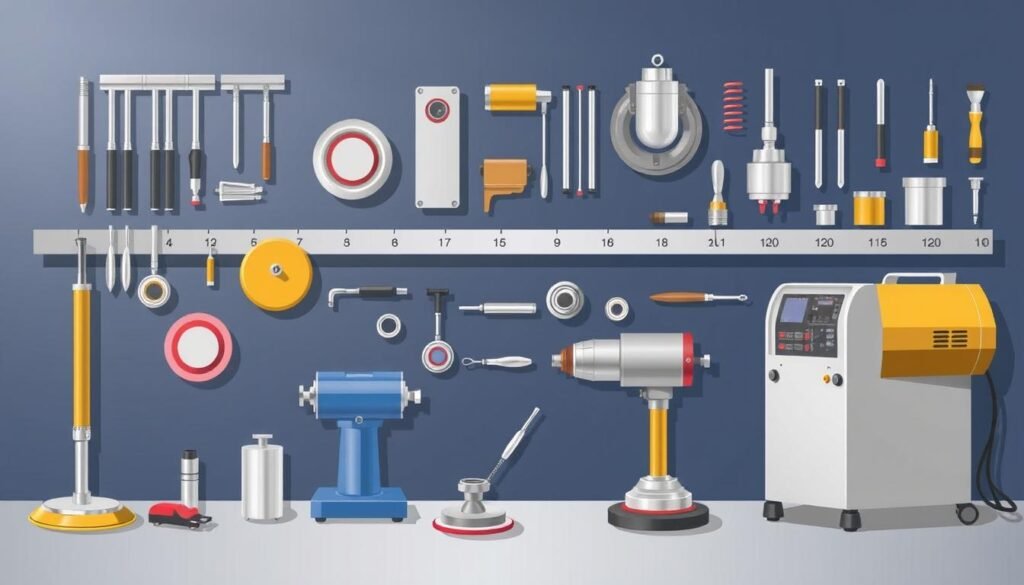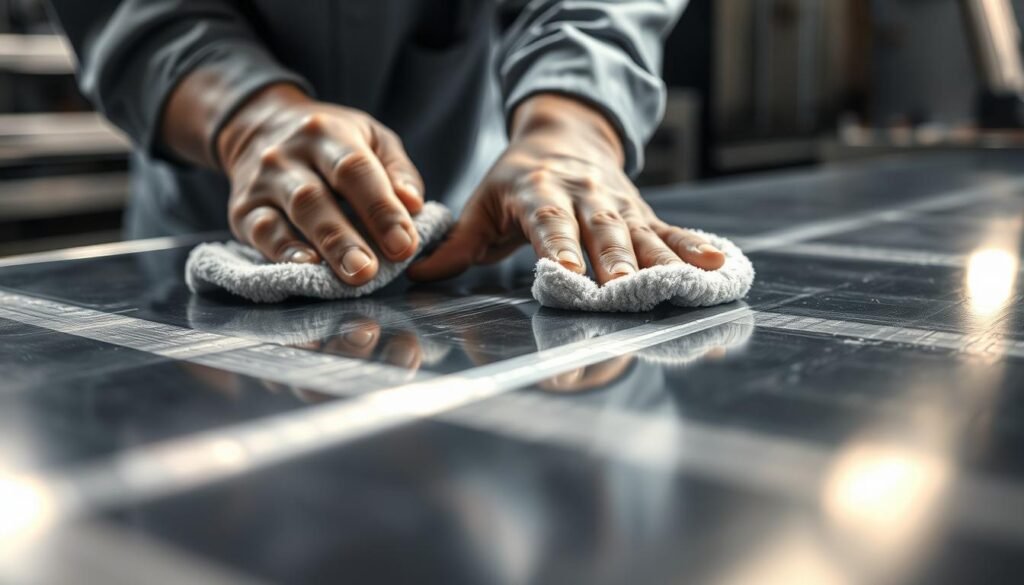Stainless steel is a versatile material used in various applications, from kitchen appliances to automotive parts, due to its durability and resistance to corrosion.
Over time, the surface of steel can lose its luster and develop scratches, making it necessary to restore its original shine through polishing.
This comprehensive guide will walk you through the process of achieving a high-quality finish on stainless steel, covering the essential tools, techniques, and tips for maintaining the polished metal.
By following this guide, you’ll be able to restore the original look of your stainless steel items in the best possible way.
Understanding Stainless Steel and Why Polishing Matters
With its exceptional resistance to heat, corrosion, and chemicals, stainless steel has become a preferred material in many industries. Its durability and aesthetic appeal make it suitable for a wide range of applications.
Properties of Stainless Steel
Stainless steel is an alloy containing chromium, nickel, and other elements that provide it with exceptional resistance to corrosion, heat, and chemicals. The chromium content forms a passive oxide layer on the surface, preventing rust and corrosion. This property makes stainless steel ideal for both functional and decorative applications.
Benefits of Polishing Stainless Steel
Polishing stainless steel serves multiple purposes beyond aesthetics. It removes microscopic crevices where corrosion can begin, eliminates contaminants that might compromise the material’s integrity, and creates a more hygienic surface. The polishing process enhances stainless steel’s natural properties by smoothing the surface, improving light reflection, and creating the characteristic shine associated with high-quality stainless steel products.
Common Applications for Polished Stainless Steel
Polished stainless steel finds applications in numerous industries, including food service equipment, medical instruments, architectural elements, automotive components, and household appliances. Different applications require different types of finishes, from the practical brushed finish common in kitchen appliances to the highly reflective mirror finish used in decorative elements and specialized equipment.
Essential Tools and Materials for Polishing Stainless Steel
Effective stainless steel polishing is contingent upon using the right equipment and materials tailored to the project’s needs. The type and extent of the project, along with the desired finish, dictate the necessary tools and supplies.
Abrasives and Sandpaper
Abrasives and sandpaper are crucial for the initial stages of polishing stainless steel. The grit of the sandpaper ranges from coarse (80-120) for removing significant damage to ultra-fine (1200-2000) for preparing the surface for final polishing. Selecting the right grit is essential for achieving the desired finish.

Buffing Compounds and Wheels
Buffing compounds come in various formulations, including black compounds for cutting, brown tripoli for color buffing, and green rouge for achieving a mirror finish. Each serves a specific purpose in the polishing progression. Buffing wheels and pads are available in different materials and designs, with airway buffing wheels being particularly effective for stainless steel polishing when paired with the appropriate compound.

Polishing Equipment
Power tools such as variable-speed polishers, angle grinders with polishing attachments, or belt sanders with specialized belts can significantly reduce the time and effort required for larger projects. The size and complexity of the project determine whether a handheld tool or a more substantial machine is needed.

Cleaning Supplies
Cleaning supplies, including non-abrasive detergents, microfiber cloths, and specialized stainless steel cleaners, are crucial for preparing the surface before polishing and maintaining it afterward. Proper cleaning ensures a flawless finish and prolongs the lifespan of the polished surface.

How Do You Polish Stainless Steel: Step-by-Step Process
To achieve a high-luster finish on stainless steel, follow a systematic approach that involves cleaning, buffing, and polishing. This process is crucial for removing scratches and imperfections, ultimately enhancing the appearance and durability of the steel.
Step 1: Cleaning and Preparing the Surface
The first step in polishing stainless steel is to clean the surface thoroughly. Use a mild detergent, such as dish soap, and a clean sponge to remove any dirt, grease, or contaminants. Ensure that all sticky spots are removed, even if it requires using a soft-bristled brush. Avoid using steel wool or any abrasive materials that could damage the stainless steel further.
- The surface must be free from debris and residue to prevent making scratches worse.
- For stainless steel with significant damage, initial sanding with coarse-grit abrasives (80-120) may be necessary.
Step 2: Buffing the Stainless Steel
Buffing stainless steel is a gradual process that involves progressing through different grits of sandpaper. Start with sandpaper between 150 and 240 grit, and then move to finer grits (400, 600, 1200). It’s essential to maintain consistent pressure and work in a systematic pattern. When switching to a finer grit, change the direction by 90 degrees to ensure an even finish and prevent visible scratching patterns.
Set your sander between 4,000 and 6,500 RPM for buffing stainless steel. Be careful to move the sander at a 90° angle to any noticeable scratches. Every time you swap out the sandpaper to a different grit, move 90° from the previous motion.

Step 3: Applying Polish and Finishing
The final polishing stage involves using specialized compounds applied with appropriate buffing wheels. Start with cutting compounds to remove fine scratches, then progress to color buffing compounds, and finish with a fine polishing compound for maximum shine. Maintain a consistent speed and avoid lingering too long in one spot.
Tips for Achieving an Even Finish
To achieve professional results, it’s crucial to periodically clean the surface to remove residual compounds and check your progress. Use clean buffing wheels when changing compounds to prevent cross-contamination. By following these steps and tips, you can achieve a high-quality finish on your stainless steel surfaces.
- Maintain consistent pressure and work in a systematic pattern.
- Change direction by 90 degrees when switching to a finer grit.
- Use the appropriate buffing wheels and compounds for the final polishing stage.
Different Types of Stainless Steel Finishes
Stainless steel finishes play a crucial role in determining the appearance and functionality of the material in various applications. The choice of finish can significantly impact the aesthetic appeal, durability, and maintenance requirements of stainless steel.
Mill Finish
A mill finish is the most basic stainless steel finish, representing the material as it comes directly from the manufacturing process without additional polishing. This finish is suitable for utilitarian applications where appearance is secondary to function, such as kitchen sinks or workbenches. To achieve a smoother look, the steel is rolled through special dies or rollers.
Brushed or Satin Finish
Polishing stainless steel through brushing produces decorative patterns made up of delicate parallel lines, resulting in a matte appearance. This finish is often used for kitchen appliances and works well in areas exposed to bright indoor lights or lots of sunshine. However, it may reduce the steel’s resistance to corrosion, depending on the application. Brushed finishes require a high-grade abrasive to make the lines uniform.

Mirror Finish
A highly reflective finish, the mirror finish achieves the look for which stainless steel is best known. It works great to hide welded metal and makes cleaning easier. Polishing stainless steel to attain a mirror finish requires a wheel or at least a 320-grit belt. This finish is particularly valuable for hiding welding seams and creating surfaces that are exceptionally easy to clean.
Gloss Finish
Gloss finishes offer a compromise between brushed and mirror finishes, providing significant shine without the perfect reflection of a mirror finish. They are often achieved using a final buffing with green rouge compound on a clean white buffing wheel. This finish type not only affects the appearance of stainless steel but also influences its functional properties.
The following table summarizes the characteristics of different stainless steel finishes:
| Finish Type | Appearance | Application | Corrosion Resistance |
|---|---|---|---|
| Mill Finish | Unpolished, somewhat incomplete | Practical applications like kitchen sinks | Good |
| Brushed or Satin Finish | Matte, with parallel lines | Kitchen appliances, high-traffic areas | Good, but may require rust-proofing |
| Mirror Finish | Highly reflective | Areas where appearance is critical | Excellent |
| Gloss Finish | Shiny, but not perfectly reflective | Balancing appearance and functionality | Very Good |
Conclusion
To bring out the best in stainless steel, a meticulous polishing process is essential. Polishing stainless steel is a methodical process that requires patience and attention to detail, but with the right tools and techniques, even beginners can achieve professional-quality results on both small and large projects.
The choice of finish—whether mill, brushed, mirror, or gloss—should be determined by both aesthetic preferences and practical considerations such as the item’s location, exposure to fingerprints, and maintenance requirements. For small household items like kitchen utensils or appliances, hand polishing with appropriate compounds and pads can be sufficient, while larger projects may benefit from power tools such as sanders, buffers, or specialized polishing machines.
Regular maintenance of polished stainless steel surfaces using appropriate cleaners and soft cloths will extend the life of the finish and reduce the need for future intensive polishing work. Whether you’re restoring an heirloom piece, maintaining kitchen appliances, or finishing a custom fabrication project, the techniques outlined in this guide provide a comprehensive approach to achieving the perfect stainless steel finish for any application.
